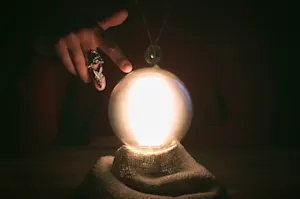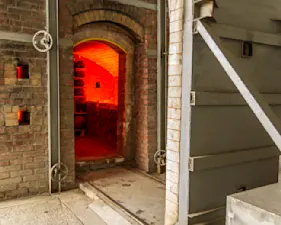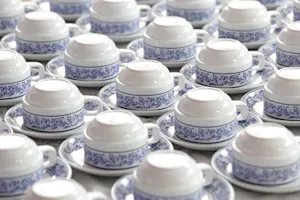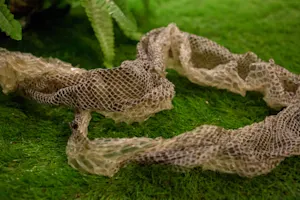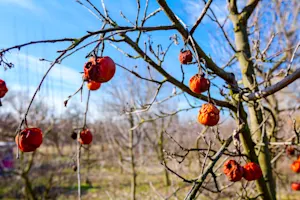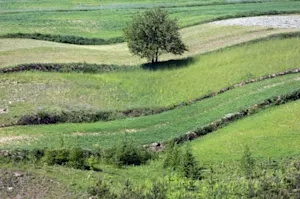What Makes This Word Tick
Ah, chartreuse! Its name alone is a colorful burst on the tongue. It sits at the intersection of two hues, green and yellow, giving us that fresh, sharp tone. It’s not just a color but also a liqueur with a storied past, making it a word that sparks curiosity and conversation.
If Chartreuse Were a Person…
Imagine a vibrant, lively individual who stands out in any room. They have a zest for life, are often the life of the party, and enjoy mixing things up—quite literally, given its association with a herbal liqueur. They're eccentric yet sophisticated, much like the color itself.
How This Word Has Changed Over Time
Originally, chartreuse was known primarily as a liqueur made by Carthusian monks in France since 1737. Over time, it came to describe the distinct yellow-green color of the alcohol. It was around the turn of the 20th century when it really made waves in the fashion and design world as the go-to hue for everything bold and modern.
Old Sayings and Proverbs That Use Chartreuse
While not traditional fodder for old sayings, you can imagine someone back in the day declaring, “Chartreuse lights the way,” perhaps inspired by its eye-catching character.
Surprising Facts About Chartreuse
The exact recipe of Chartreuse liqueur is a closely guarded secret, known to only two monks at any given time. The color chartreuse was even enlisted as the favored hue for safety gear because of its high visibility.
Out and About With This Word
When you see chartreuse, you can't miss it. From hilarious Hawaiian shirts to avant-garde art installations, it demands attention. Even road signs sometimes shout out in chartreuse, ensuring you stay on the right path.
Pop Culture Moments Where Chartreuse Was Used
Chartreuse has made its mark on fashion runways and red carpets alike, dressing celebrities in its bold embrace. It's a favorite for statement pieces, synonymous with daring fashion choices that make headlines.
The Word in Literature
Chartreuse finds its way into the pages of novels that celebrate flamboyant characters or vibrant settings. Authors often evoke its name to paint a picture of lush landscapes or eclectic interior designs.
Moments in History with Chartreuse
The 1960s psychedelic movement loved its vividness, perfect for the era's free-spirited design ethos. Chartreuse became emblematic of the bold, counterculture scenery that defined a decade of change.
This Word Around the World
In Japan, verdant landscapes might invoke a "chartreuse" vibe, though linguistically it translates uniquely across languages. The French, of course, have a special affection, sometimes cheekily calling it "yellow chartreuse."
Where Does It Come From?
Chartreuse hails from the French "Chartreuse Mountains," where the liqueur was first concocted by monks. Its dual duty describing both a drink and a color makes it all the more fascinating!
How People Misuse This Word
People often confuse chartreuse with generic terms for bright or neon greens, sometimes even mixing it up with pink, which is quite the blunder in the world of design and art.
Words It’s Often Confused With
Lime: Both bright but lime is more distinctly green.
Neon: Describes a brightness level, not a specific hue.
Yellow: Its cousin, but decidedly different on the spectrum.
Additional Synonyms and Antonyms
While it doesn’t have many perfect synonyms, colors like lime and citron share some tonal qualities. Antonyms would be more muted hues like beige or taupe.
Want to Try It Out in a Sentence?
"Her gown, a dazzling shade of chartreuse, made her the undeniable center of attention at the midsummer gala."

